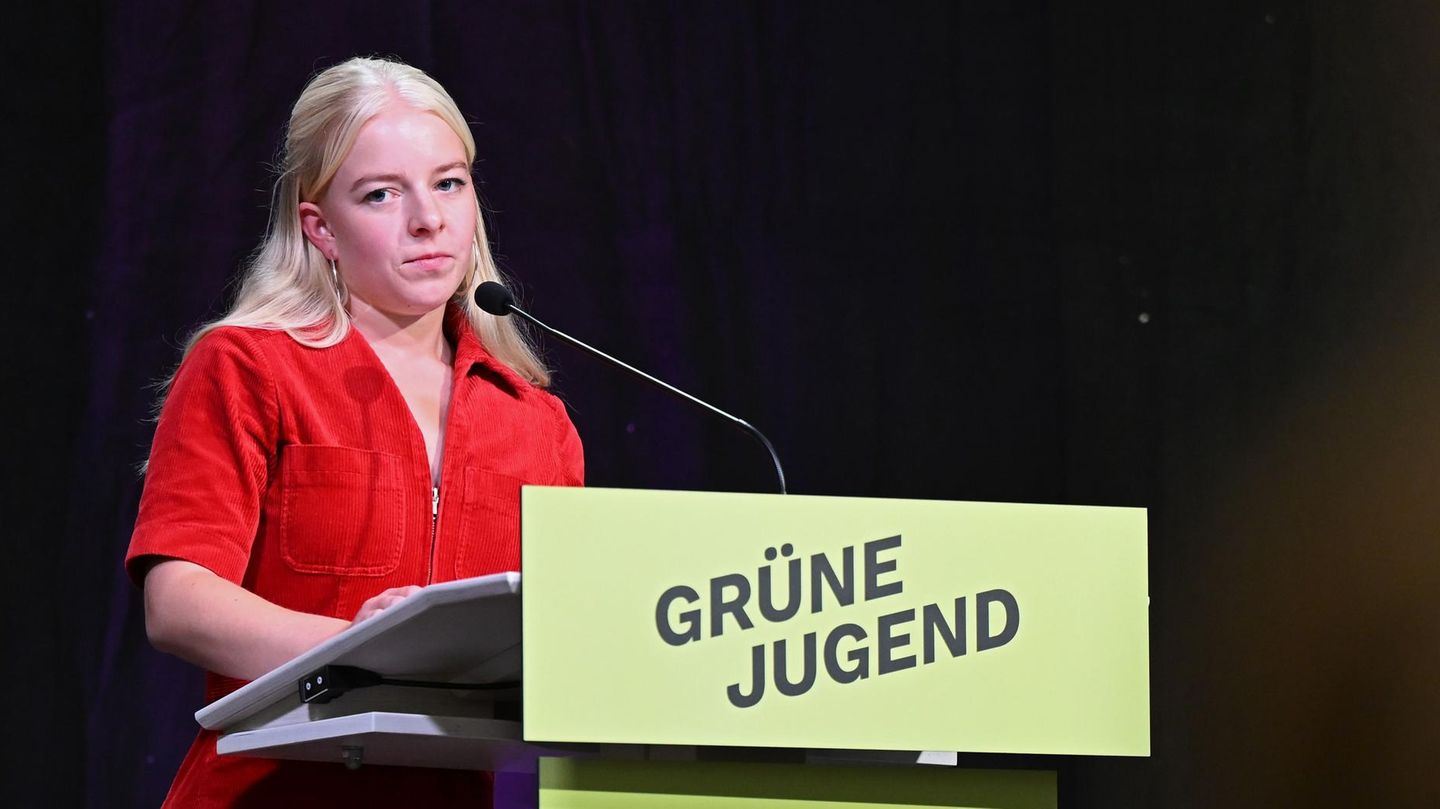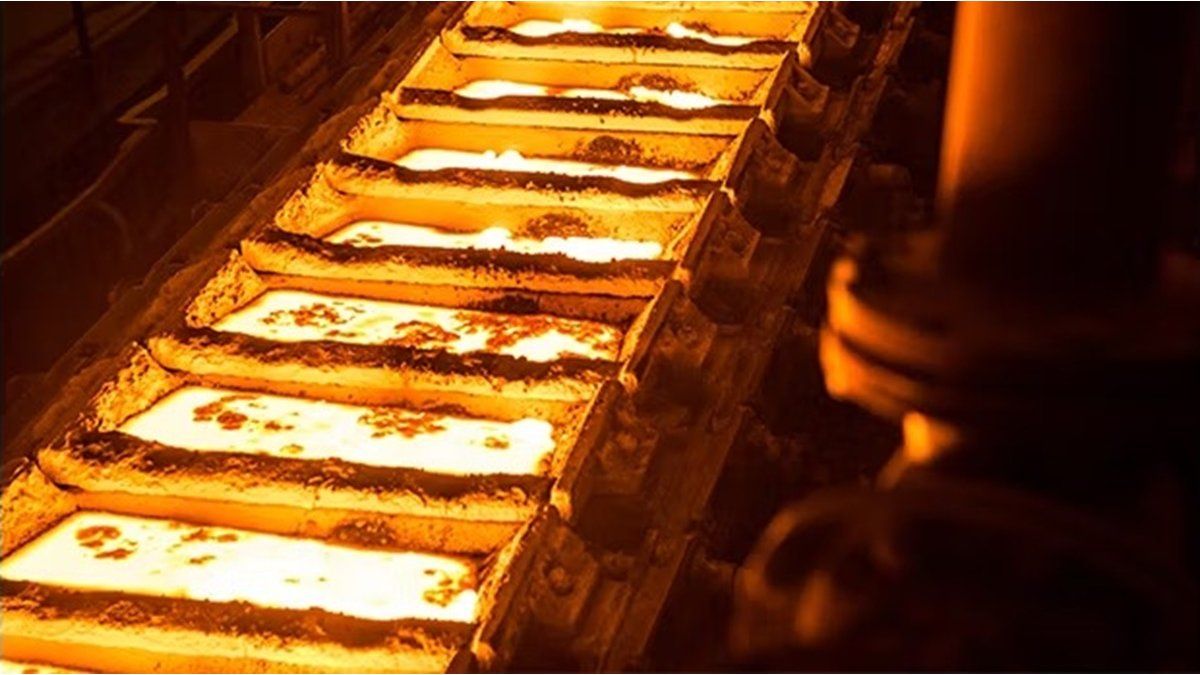The exhibition by Franco Fasoli, curated by Joaquín Barrera, includes works by renowned guest artists: Adriana Bustos, Alberto Passolini, Ariel Cusnir, Constanza Chiappini, Diego Figueroa, Damián Santa Cruz, Daniel Santoro, among others.
On April 12 he inaugurated The Billiken Canon, an important exhibition whose exhibition resource lies in turning the Chimera gallery into a small historical museum. The exhibition by Franco Fasoli, curated by Joaquín Barrera, includes works by renowned guest artists: Adriana Bustos, Alberto Passolini, Ariel Cusnir, Constanza Chiappini, Diego Figueroa, Damián Santa Cruz, Daniel Santoro, Fátima Pecci Carou, Jesu Antuña, Luis Pazos , Martín Kazanietz, Laura Códega, Laura Ojeda Bar, Ricardo Carpani and Tobías Dirty. The pieces illuminate the last 200 years of Argentine history.
The content you want to access is exclusive to subscribers.
The exhibition includes never-before-exhibited paintings by Fasoli and Trap, an ephemeral sculpture made with wood and expanded polystyrene, which focuses on civil wars and leaders. The invited artists present, in some cases, pieces already exhibited in museums or galleries, and, in addition, works never seen before, produced especially for this exhibition.


“The Billiken Canon revisits major events from the last 200 years of history. In a political context like the current one, this exhibition aims to open discussions about how our nation-state was built and what the role of the State is, a vision that today is strongly attacked by those who want to reduce collective public policies to their minimum expression. ”says the curator of the exhibition.
The Billiken Canonwhich belongs to the project Friendly Worksintegrates pieces that illuminate the last 200 years of Argentine history. Friendly Works is a Chimera project where an artist from the gallery puts his work in dialogue with works by other artists of different generations and poetics. Searching for unexplored links and constructing new stories and meanings, this cycle aims to leave the traditional format of an individual exhibition, but retaining the prominence of an artist. The collaborative spirit prevails and the game opens up to dialogue with other artists, building new aesthetic and conceptual connections. The gallery thus becomes a stage where these encounters generate new friendships between works.
“In this exhibition we decided to put in dialogue representations of artists who produced and produce in the country during the last 50 years and who account for more than two hundred years of history, fused around porous and open nuclei that define some socio-political processes on the construction of our sovereign identity. Works that address constitutive and fundamental themes around politics coexist in the room. The narrative arc ranges from poetics that revisit the dawn of national struggles, through Peronism, the capitalization of Buenos Aires, or the gaucho narrative, which is also interspersed with others that investigate the relationships of class struggle, feminisms, the democratic recovery, the uses and customs of the cities and the feeling of the national. Scattered around what could resemble a history museum in any city in our country, but also a school classroom, these collected works allow us to draw a map of interests that unfold from the visual arts to the political. writes Joaquín Barrera, curator of the exhibition.
Franco Fasoli (Buenos Aires in 1981) lives between Barcelona and Buenos Aires. He graduated from the National School of Ceramics and the Higher Institute of Art of the Colon Theater. She conducted clinics with José Marchi and Diana Aisemberg. With her graffiti, she began working in public space in the late 1990s. With a strong interest in materialities and working mechanisms, she focuses on alternative subcultures and Argentine history. She created murals in France, Spain, Germany, Canada, Peru, Australia, Morocco, South Africa and Brazil. He exhibited at Icones Urbaines (Museum of Contemporary Art of Lyon), History of Imagination in Argentina (MAMBA), Pioneers of a Journey to Nowhere (Museo Caraffa), Amphibians (Fundación Santander) and at the Museum of Contemporary Art of San Juan Puerto Rico. She obtained the 2nd Itaú Prize, the Jury Mention at the National Hall and the Fortabat Prize.
Says the artist: “Through my expanded portraits, I seek to enrich the understanding of the social complexities of Latin America, inviting the audience to reflect on the interconnections between tradition, identity and the contemporary environment. My work is a call to contemplation, questioning and dialogue, inviting a deep and committed look at our time and place.”
INFO
Güemes 4474
Tuesday to Friday from 3 to 8 p.m.
Saturdays by appointment
The exhibition can be visited until the end of June
Source: Ambito
I am an author and journalist who has worked in the entertainment industry for over a decade. I currently work as a news editor at a major news website, and my focus is on covering the latest trends in entertainment. I also write occasional pieces for other outlets, and have authored two books about the entertainment industry.




